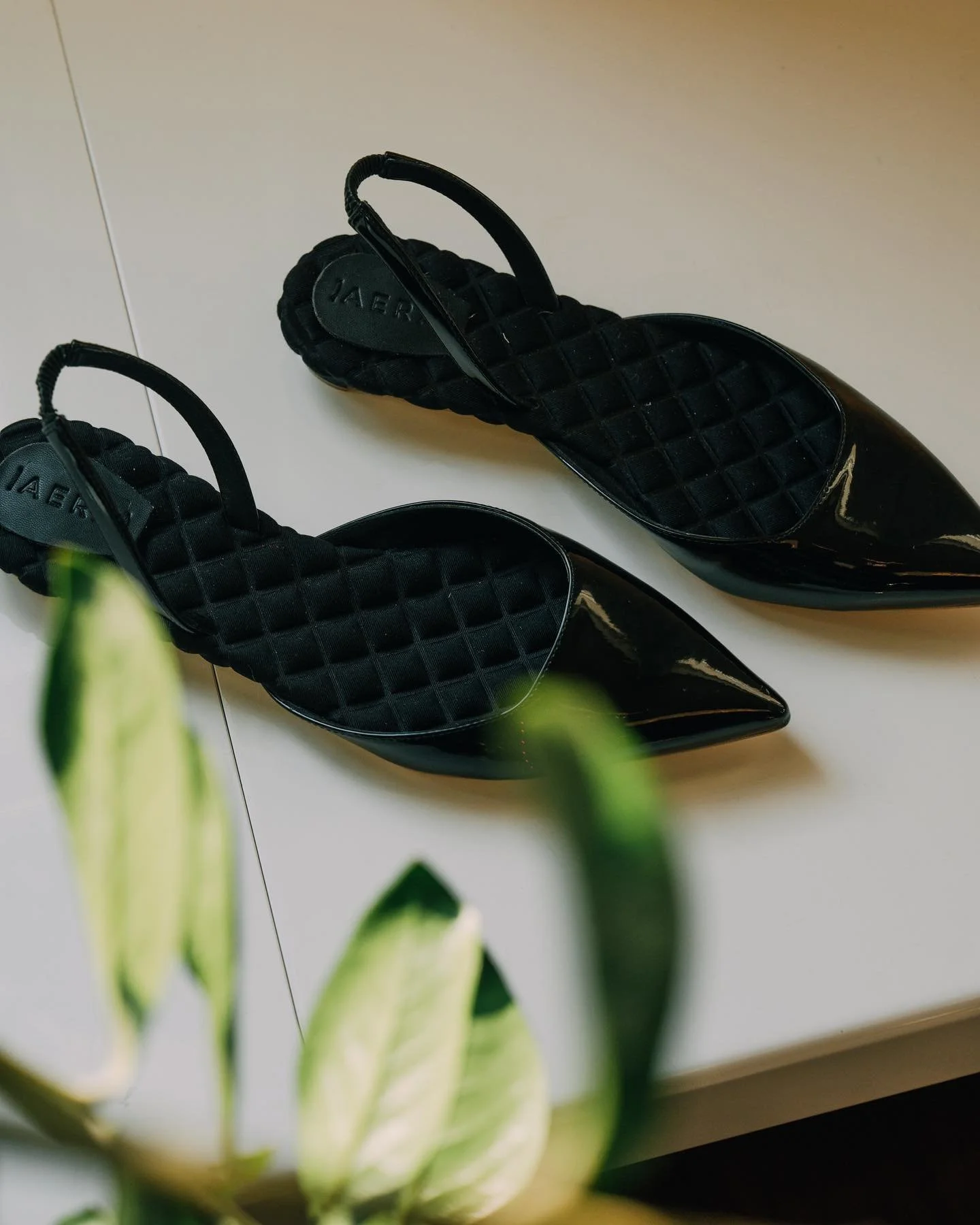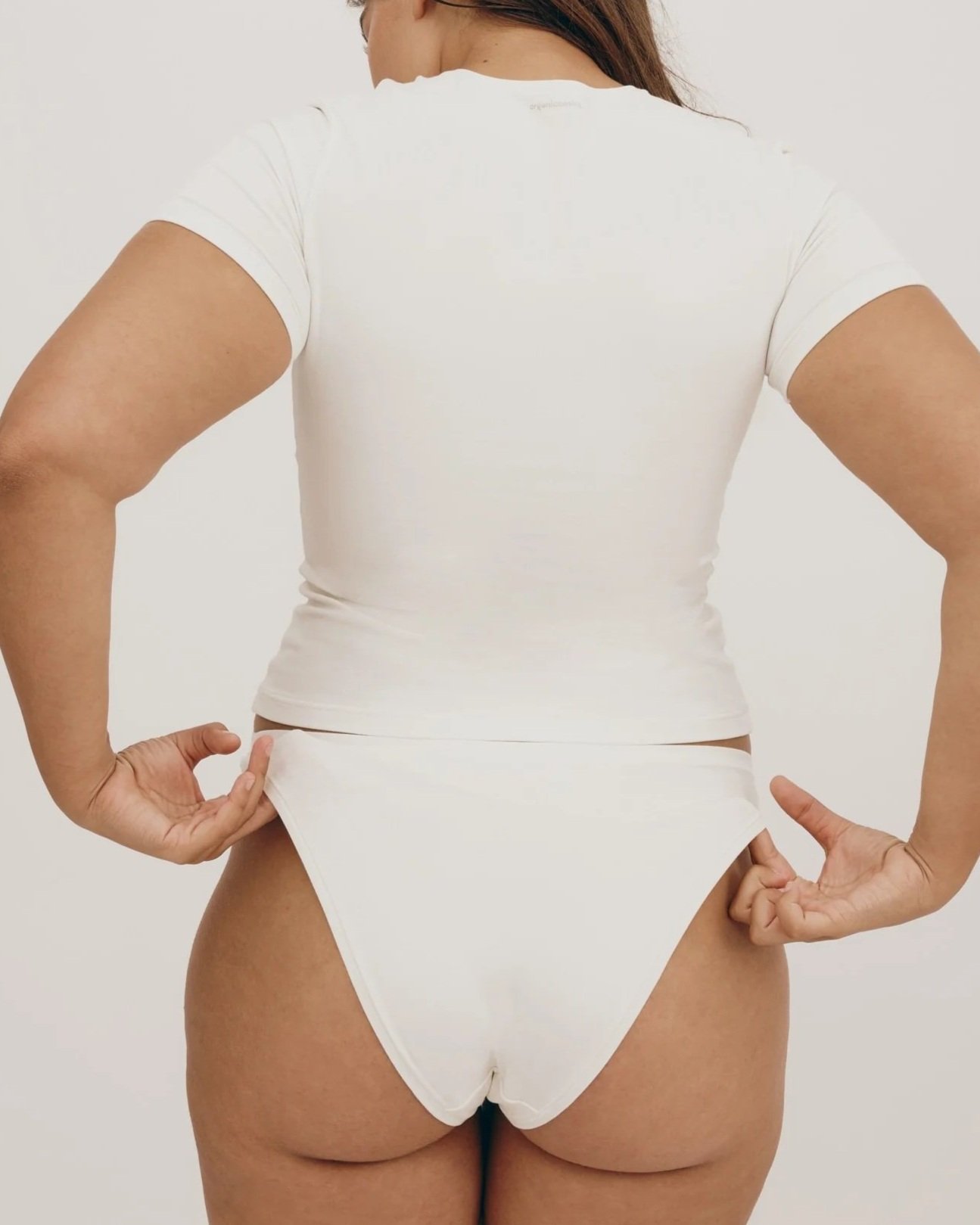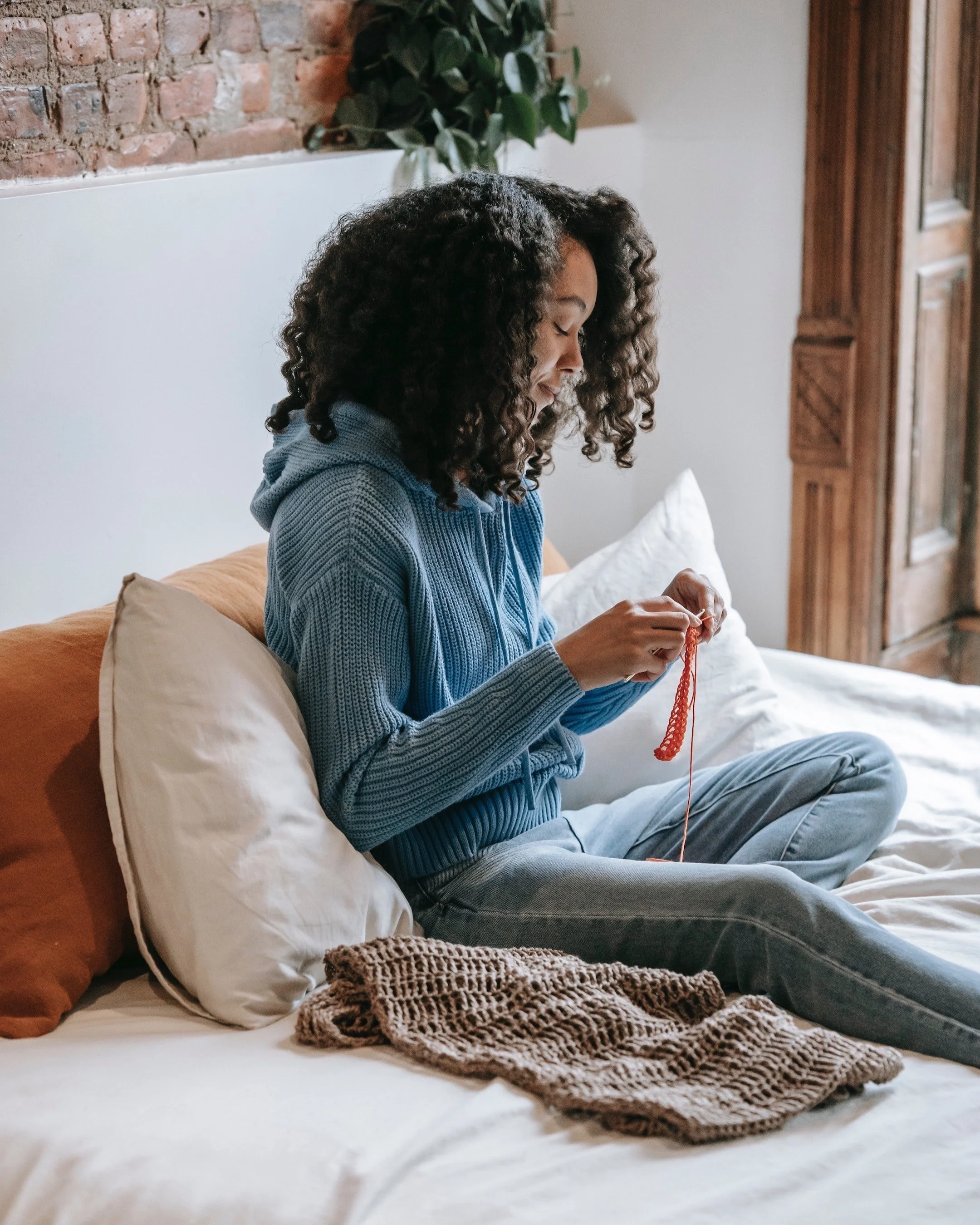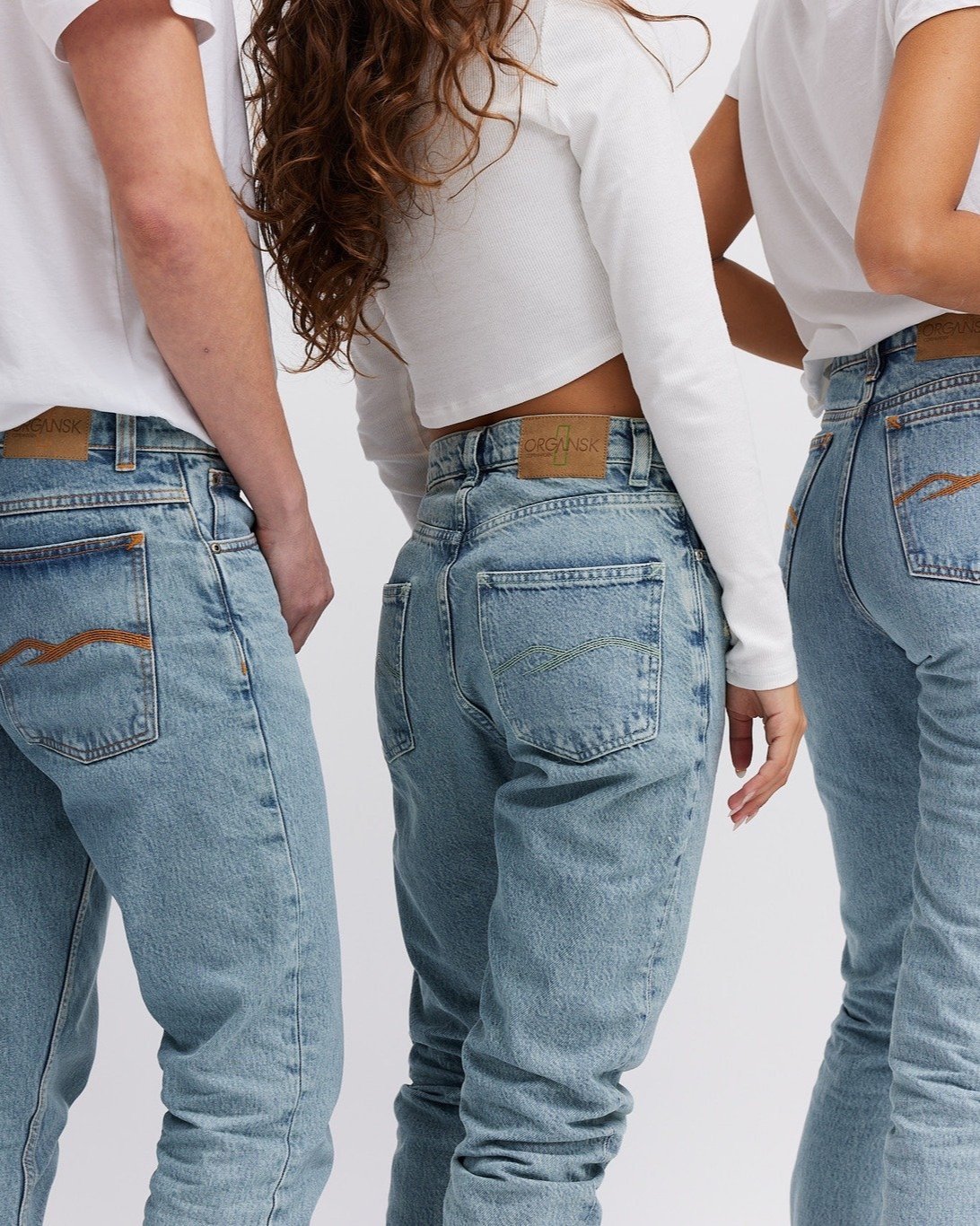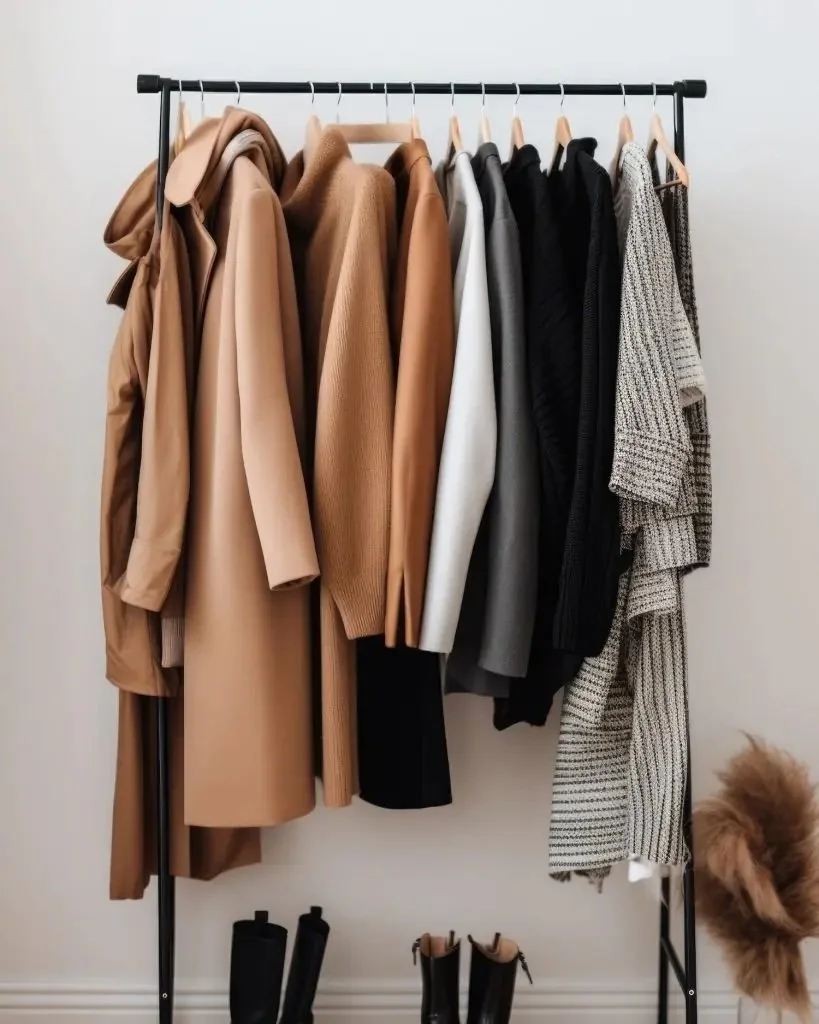How to Shop Smarter and More Sustainably For Your Closet
10 Tips for Shopping More Sustainably for Your Closet
Have you ever found yourself minutes away from having to leave your house for school, work, or a social occasion, staring at your closet and thinking, "I have nothing to wear!"?
Although many of us currently have a number of clothes that our ancestors properly haven't owned in a lifetime, feeling like a closet's worth of clothes is not enough to create a satisfying outfit is far from an unusual experience.
It's easy to see why. Like many other incumbencies of adult life, we were not taught how to shop for clothes. But if your wardrobe and purchasing choices keep leaving you unsatisfied, taking a step back and learning how to shop smarter and more sustainably can be the best way to make your experience with fashion more enjoyable and align it with our values.
Here we have listed some tips to help you choose only items you will like and wear for years to come, quit shopping habits that don't serve you, and build a sustainable closet you love over time.
Start by organizing your closet
An ideal first step to starting to shop smarter is knowing exactly how much and what you already own. That can be a bit harder if your closet isn't organized, as the saying "out of sight, out of mind" can apply to your clothes and accessories.
Organizing your closet can help you make a more accurate mental inventory of what you own, which can help you make more mindful purchases in the future and even help you create new, fun daily outfits. Plus, finding a piece you had completely forgotten in the back of your closet is so satisfying that it makes the organization session worth it.
Depending on the size of your closet and the number and type of clothes you own, different types of sorting systems will work better for you, but as a rule of thumb, you can try to arrange it in a way that makes it easy for you to see as many of your clothes as possible when you open it to get ready in the morning. The more you see them, the less likely you are to forget them.
2. Pick a color scheme
Picking a color scheme can help you create new outfit ideas with the clothes you already own and also help you regulate your shopping if you are struggling to quit retail therapy. Suppose something you have eyed doesn't come in one of the colors in your color scheme; that can be a great dissuader.
In addition, shopping with a color scheme in mind can make your closet more cohesive and easier to work with in the long run, saving you time and decision fatigue. Win-win!
You can choose a color scheme based on your favorite colors or the most recurring ones in your closet. Bonus tip: some basic knowledge of color theory can make a massive difference when assembling color schemes and outfits that look eye-pleasing, so take some time to geek out if you can!
3. Figure out what your basics are
We have probably all heard at some point that the so-called "basics" we have to invest in are something like a white t-shirt, a pair of jeans, a button-up shirt, and a trench coat, possibly in neutral colors.
But here is the thing: fashion isn't a one-size-fits-all kind of thing (no pun intended), and someone else's must-haves won't necessarily work for you. That's because we all need and like different things because of where we live, what we do for a living, and what we enjoy wearing and doing in our free time.
Knowing what your lifestyle and taste require can help you identify what kind of clothes are your personal must-haves. This way, you can mindfully fill in eventual gaps in your wardrobe and make it more functional.
4. Pay attention to the materials used in clothing you'd like to purchase
Choosing clothes made of sustainable, high-quality fibers is an excellent call for your style and the Planet, but remember that each eco-friendly fabric is different. Each fabric and fiber blend has its specific look, texture, and weight; depending on those, it will look and feel differently on your body.
The characteristics of fibers might not be something people keep in mind when purchasing new clothes, but they can be the main factor influencing whether or not you will enjoy wearing a specific piece of clothing.
So take some time to go through the clothes you already have and identify which fabrics you prefer the look and feel of on you. This tip can be especially beneficial if you shop mostly online, as you cannot try on the pieces before clicking on the "buy" button.
Make sure to check out our Fabric posts to learn more about sustainable fibers, as well.
5. Don't rush into trends
A new trend comes or returns every season, and suddenly everybody seems to be sporting it.
Trends aren't necessarily something that people cannot enjoy sustainably or integrate into their personal style and can be a fun way to spice things up fashion-wise, but if you haven't figured out your personal style and built a wardrobe that truly works for you, just yet, you might end up overlying on trends for fun and novelty.
So whether it's a specific piece, cut, or style that everyone seems to have on lately on social media or in real life, try asking yourself this before trying it: "Do I genuinely like this, or am I just bored with my wardrobe?" This little tip can save you some impulse purchases that might not work for you in the long run.
6. Create a rewarding "getting ready" ritual
At first glance, this tip doesn't have much to do with learning how to shop smarter and more sustainably, but ensuring your experience with fashion and styling is rewarding and joyful can make a difference in your shopping habits. After all, the more satisfied we are with what we have, the less likely we are to indulge in impulse purchases to make up for it.
So try to make getting ready in the morning a fun, uplifting experience if you're not doing that already. Even something as simple as playing your favorite upbeat playlist or lighting a scented candle can turn the chore of picking your day's outfit into a lovely ritual you look forward to.
7. Try to do your research online before shopping
If you want to shop more mindfully and support more ethical and sustainable fashion companies, doing some online research before you purchase new clothing can be a great habit to develop.
Through the internet, you can find out how committed a specific fashion company is to implementing ethical and sustainable business practices via its website or third-party sources like the rating app Good on You. If you're not doing that already, you can also look for customer reviews.
These can help you avoid getting clothes that don't work for you in terms of style, fit, or quality and that you might have to return.
8. Know that your comfort is always important
There is nothing wrong with experimenting when it comes to fashion: as we change and evolve, so can our taste in fashion.
But remember that what we wear is supposed to make us feel good and like ourselves. It might seem like a given, but societal pressure can make us feel like our fashion choices are anybody else's business.
So rather than buying what you think you should wear, try instead to purchase what makes you feel happy and aligns with your moral compass.
9. Try to make a list and stick to it
If you are trying to shop smarter and more sustainably, making fewer and more strategic fashion purchases instead of buying more often and more hastily is the way to go if you aren't being quite frugal already due to budget or sustainability-related reasons.
There could be some items you must buy right now, like new office-dress-code-appropriate clothes for your new job, or you may have been eyeing a new fun piece or two.
Either way, make a list of the clothes you want or need to buy, and try to avoid window shopping if you have a habit of indulging in impulse purchases.
10. Waitlist your buys
Once you are done listing what you'd like or have to purchase, you will have a brand-new fashion wish list.
Some items on this wish list might be things you need to buy as soon as possible because of life circumstances, but to avoid non-thought-through purchases, you might want to waitlist the rest.
In the same vein as making a wish list, wait listing your purchases can help you make more intentional investments as it gives you the time to see if what's on your list is something you genuinely like and want.
You can give yourself a few days or weeks: write down what you want and then just go about your life, and see if you still like those pieces once the time is up. If the answer is still yes, then it's a match!
About the Author
Roberta Fabbrocino is a journalist specialized in climate change and sustainability-related topics. Her articles have been published in several international eco-publications. Roberta also works as a content writer for sustainable companies.
MAKE SURE TO PIN THE PHOTO BELOW TO SAVE THIS POST FOR LATER!
WANT TO FIND SUSTAINABLE BRANDS? VISIT OUR BRAND DIRECTORY!
Our Brand Directory is home to hundreds of sustainable brands, from makeup to cleaning supplies, from underwear to shoes. We have broken everything down by category for easy shopping, along with discount codes unique to Sustainably Chic viewers.








